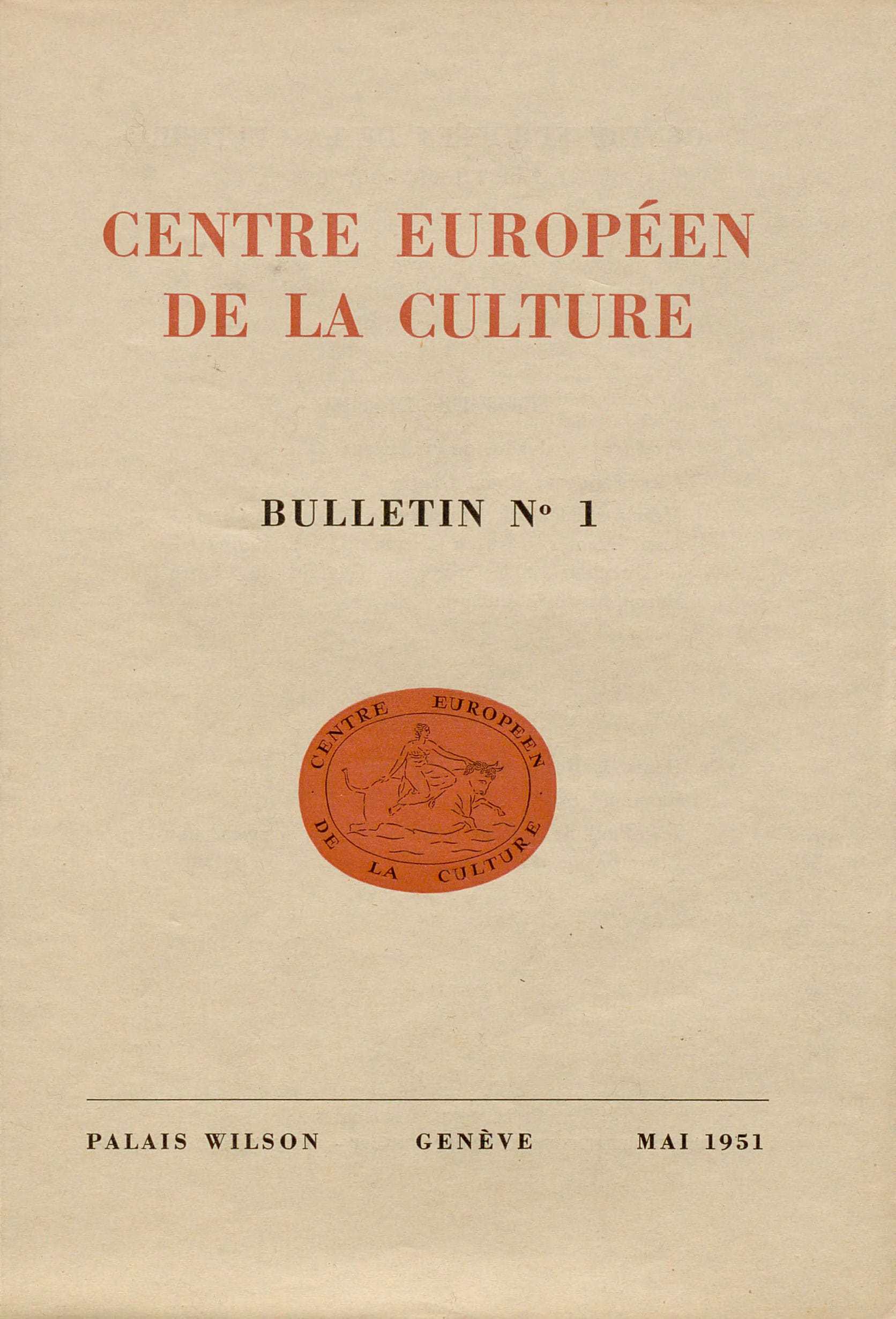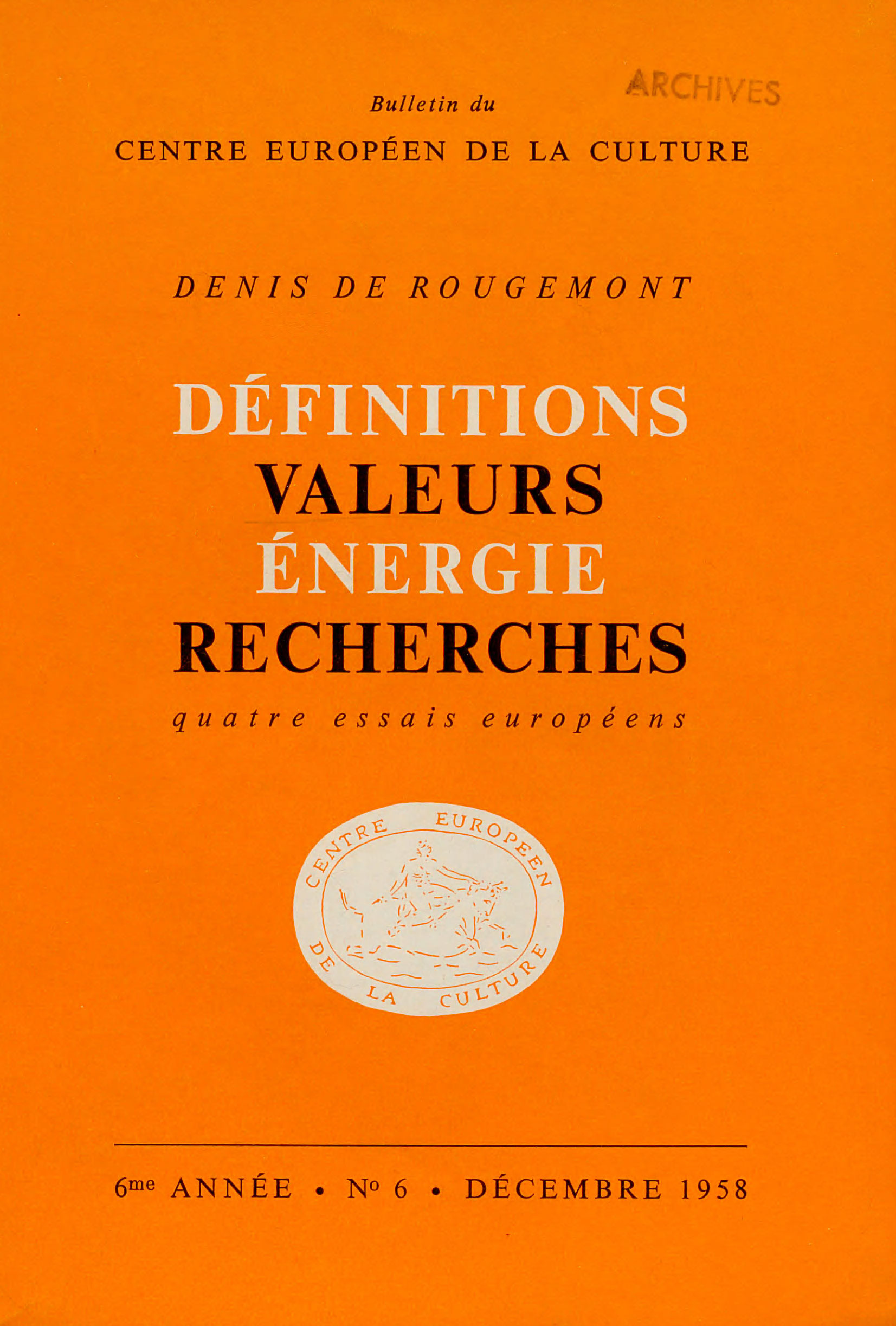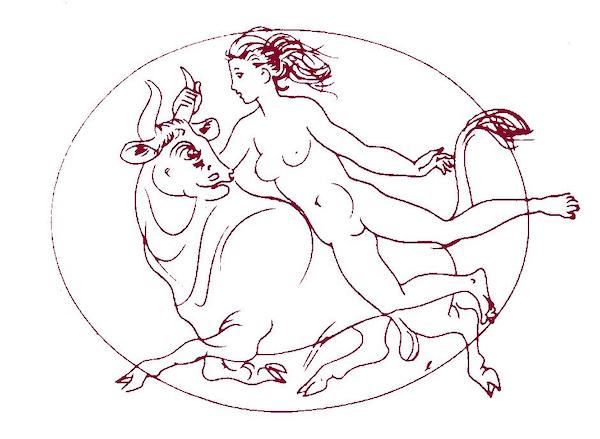ACTIVITIES
Ongoing activities
Find below the ongoing activities of the European Cultural Centre.
“INTERCULTURAL DIALOGUE” PROJECT IN GENEVA
What is the issue?
Globalisation, migration, and digital dissemination have led to significant changes in our present-day societies which have placed diversity of origins, customs, and cultures at the core of our communities. However, this increased diversity also carries the risk of triggering reactions of rejection based on fear, ignorance, and misunderstanding. Consequently, what could have been an opportunity for mutual enrichment has turned into a clash of cultures that might escalate into conflict.
Geneva stands out as a particularly relevant location to address this issue. With its longstanding tradition of openness and international outlook, the city has become a gathering place for communities from diverse origins and social backgrounds, despite its relatively small territory.
The European Cultural Centre, under the leadership of its founder Denis de Rougemont (1906-1985), introduced the concept of “Intercultural Dialogue” in 1961, which UNESCO later embraced as “Dialogue among Civilisations.” This initiative aimed to tackle the challenges posed during the years of decolonisation, necessitating a complete reevaluation of the relations between Europe and the rest of the world. The central idea was to foster “Intercultural Dialogue” based on equality, which would serve as a cornerstone for the reconstruction of international human relations, emphasizing unity amid diversity. Understanding one another was deemed imperative in this endeavour.
In the past, this dialogue was primarily envisioned to occur across seas, borders, and continents, but today, due to the intermingling of populations, it must also take place at home, within the proximity of our cities. Geneva, as a member of the network of intercultural cities promoted by the Council of Europe, can serve as a laboratory for sharing experiences in this field.
Intercultural Dialogue conceived by Denis de Rougemont within the European Cultural Centre, must now adapt to the new conditions of our time, marked by the clash of civilisations within European societies. The European Cultural Centre, committed to concrete and socially beneficial objectives, seeks to establish Geneva as a hub for Intercultural Dialogue, given that the concept originated in this city, penned by Denis de Rougemont in the 1950s. The founder’s vision for Europe advocated a bottom-up approach, valuing experiences at the local and regional levels, without waiting for centralised powers to dictate priorities. Thus, Geneva has a crucial role to play in this vital issue in the years and decades to come.
Why Geneva?
Switzerland is characterized by the presence of multiple social groups and a diversity of ethnicities. The Federal Office of Statistics (OFS) records over ten major religious communities and, in addition to the four national languages, around ten widely spoken languages. Switzerland is home to over 200 different nationalities among its resident population. Among Swiss passport holders, one in eight people was born abroad. This diversity represents a significant asset for the country, but it can also pose challenges.
In 2020, one-third of the Swiss population would reportedly feel uncomfortable with the presence of individuals perceived as different, and 32% of the population consider themselves victims of discrimination due to their ethnic background.
%
victim of discrimination
%
victim of psychological violence
%
victim of physical violence
What does the European Cultural Centre propose?
Cultural diversity usually encompasses three dimensions that should be integrated into our project:
a. Pluriculturalism, meaning the more or less peaceful coexistence of several cultural communities on a territory. This refers to the ability of cultures to exist within the same society without dissolving into a single model or confronting each other.
b. Social cohesion: diversity is also social. Society is affected by tensions that threaten its cohesion. How can we ensure social cohesion among all cultural communities?
c. The fight against cultural uniformity: the hypothesis of an evolution towards cultural uniformity (by reducing differences between populations in terms of culture, lifestyle, values, etc.) is marked by the weakening use of many regional or “minority” languages (as per the terminology of the Council of Europe), the increasing cultural diffusion from the United States, or concerns of certain populations about the preservation of their traditions.
The European Cultural Centre aims to encourage interactions between different cultures and cultural communities present in the City of Geneva, through participatory initiatives aimed at bringing together cultural communities, helping them get to know each other and become aware of the richness that this diversity can represent. The target audience includes all genders and ages, with a particular focus on working with young people, as they are one of the keys to the future, especially in this field. The learning methods will be adapted from the “Hands on” (“La Main à la Pâte”) method, developed by Nobel Prize winners in physics Georges Charpak (1992) and Leon Lederman (1988), designed as an awakening to scientific reasoning and the exchange of rational arguments to find seasoned solutions to a problem.
In pursuit of this project, various requests for funding have been sent to several institutions in Geneva in order to kick off this project. One foundation already committed to supporting the project.
“SENATE OF THE REGIONS” PROJECT
In terms of research activities, synergies between the European Centre for Culture and the Dusan Sidjanski Centre of Competence in European Studies (CCDSEE) are commonplace, whether in the field of federalism, the European way of life, or the ecological and digital transition, to name but a few examples.
One research project currently underway concerns the idea of a European Senate of Regions, a theme that was dear to Denis de Rougemont, and which has been revived following the Latsis Colloquium on 24 and 25 October 2019, organized by the CCDSEE, on the European Union and regional nationalisms.
A questionnaire was sent out to 72 European regions with autonomous legislative powers to gather their opinions. It was relayed by the Conference of European Regional Legislative Authorities (CALRE). The Secretary General of the European Centre for Culture, François Saint-Ouen, presented the results of this research at a symposium entitled “Europe of Regions and Cities,” organized in Gorizia, on the border between Slovenia and Italy, on 13 and 14 October 2022.
A book was published in October 2023. As well as analyzing the results of the questionnaire survey, it recalls the federalist origins of the concept of a Europe of the regions and the very important role played in it by the European Centre for Culture, led by Denis de Rougemont, in the 1960s and 1970s. It also shows the areas of competence of the regions with legislative powers, which put them in a position to enter into direct dialogue with the European Union.

ROUGEMONT 2.0: DENIS DE ROUGEMONT’S ARCHIVES
Produced by a multidisciplinary team of researchers from the Global Studies Institute at the University of Geneva, Rougemont 2.0 represents a digital and scientific compilation of the unpublished writings and manuscripts of Denis de Rougemont (1906-1985), along with his correspondence and an array of documents (including professional archives, lectures, seminars, photographs, radio and television broadcasts, and more), all of which vividly portray his involvement as a fervent federalist activist and a dedicated writer.
The incremental online dissemination of this data on an open-access website will be accompanied by the publication of research endeavors, leveraging the opportunities afforded by the digitization of texts and archives, supplemented with metadata. The overarching objective is to present fresh perspectives for the interpretation of Rougemont’s oeuvre, and thereby shed new light on the political, literary, and intellectual history of the twentieth century, in addition to contemporary issues pertaining to Europe, education, and ecology.
Rougemont 2.0 aspires to capture the interest not solely of the academic community, but also that of a broader audience, both within Switzerland and beyond. This endeavour stands unparalleled for a contemporary writer at present.



